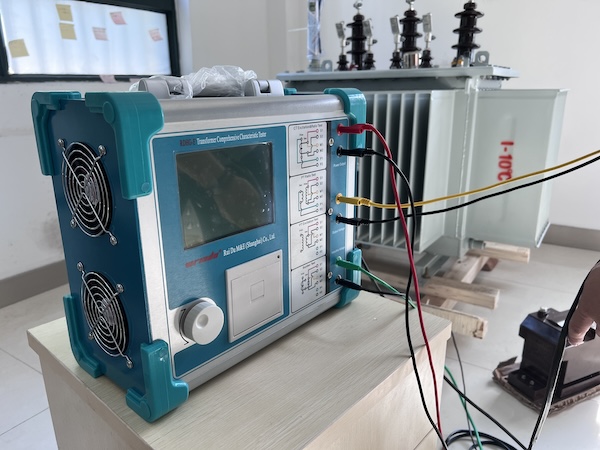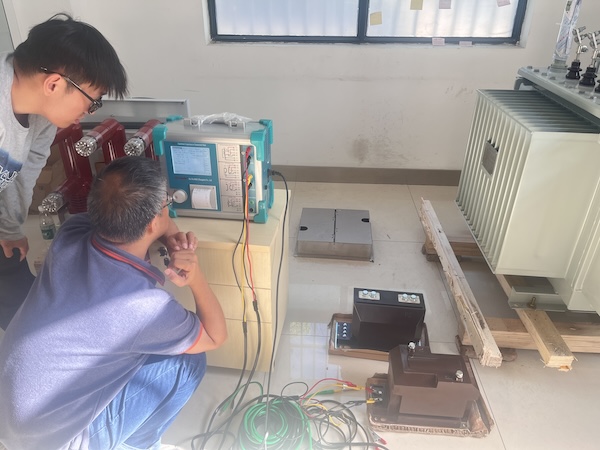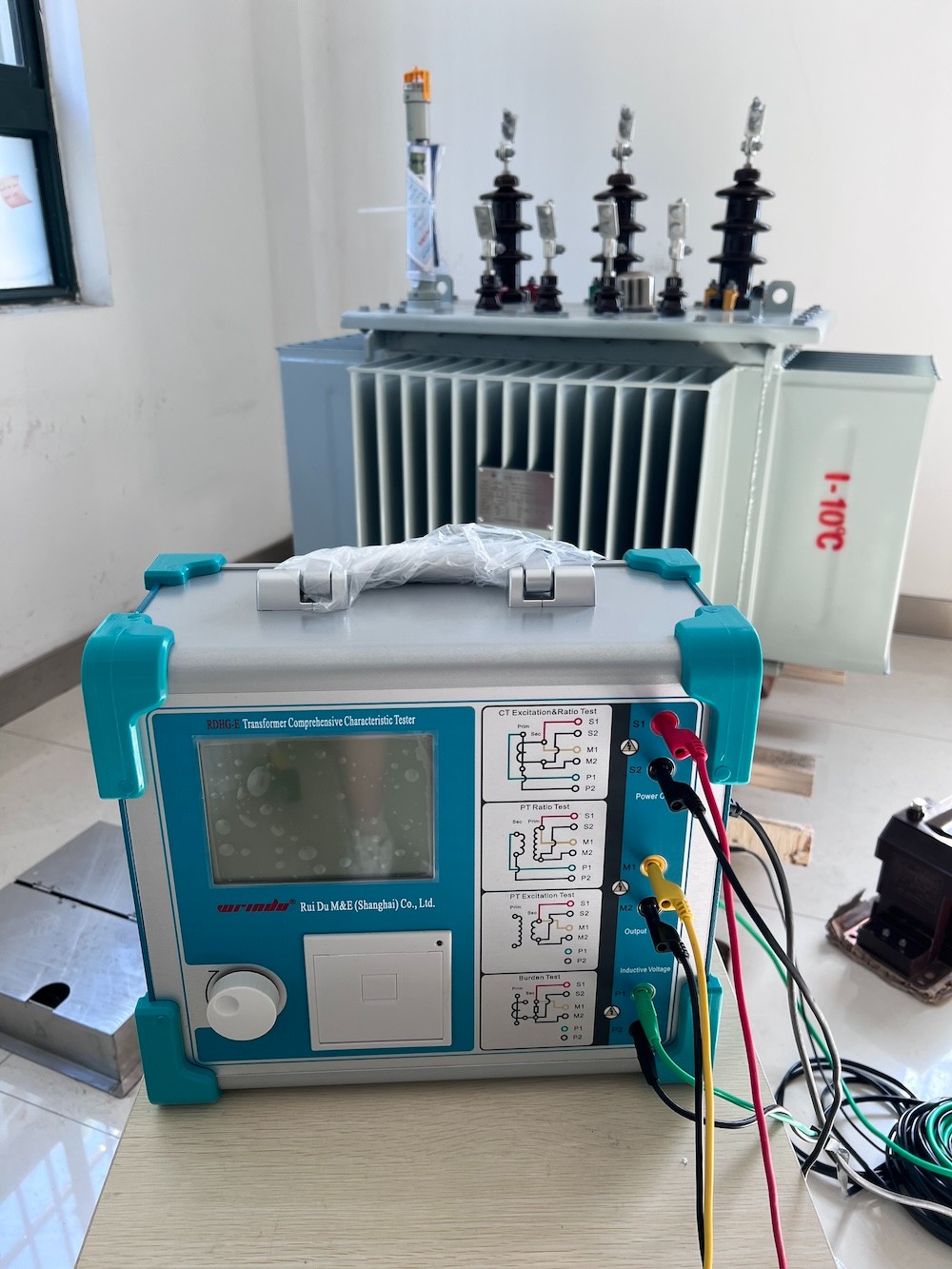Comprehensive analysis of CT experiment
Working Principle



The main function of the current transformer, as an indispensable measuring tool in the power system, is to convert the primary side of a high current into the secondary side of a low current through the magnetic effect in order to facilitate measurement and use. The core structure of the device consists of a closed core and windings. Its primary side winding has a low number of turns and is directly connected in series with the circuit of the current to be measured. In practice, the secondary side is usually configured with double or multiple windings to meet different measurement requirements.
Current Transformer Test Common Problems And Countermeasures
1. Linearity problem: If there is a non-linear relationship between the output and input signals of the current transformer, it will lead to measurement errors. Therefore, in the test process, we must pay attention to the check and correction of linearity, in order to improve the measurement accuracy.
2. Matching of rated load and load capacity: Ensuring that the rated load of the transformer matches the load capacity is the key to ensuring its normal operation. Before the test, the matching between the transformer and the load should be carefully checked.
3. Insulation testing: In the current transformer test, especially the high voltage test, the main insulation and longitudinal insulation of the transformer must be strictly verified to ensure that its insulation performance is up to standard.
4. Temperature impact consideration: the performance of the transformer is susceptible to temperature, the test should be strictly control the ambient temperature, maintain constant temperature and humidity to ensure the accuracy of the test results.
Current Transformer Test Operation Precautions
1. Safety first: current transformer test involves high-voltage operation, the risk should not be ignored. Before the test, safety measures must be taken to ensure the safety of the test environment.
2. Adequate pre-test preparation: including the inspection of equipment and instruments, the development of the test program and the layout of the test environment, etc., the more adequate preparation, the smoother the test process.
3. Instrument calibration and accuracy verification: The voltage withstand tester, ratio tester, volt-ampere characteristic tester, etc. used in the test should be calibrated and accuracy checked regularly to ensure the reliability of the test data.
4. Data recording and analysis: The original data should be recorded in detail and analyzed in depth during the test, and once problems are found, they should be dealt with in time.
Equipment Recommend
This multifunctional tester is designed to comprehensively meet the testing needs for a wide range of CTs, including TP class, and PTs. Key features include:
1. Comprehensive Testing Capabilities: It performs excitation characteristics, ratio, polarity, secondary winding resistance, burden, ratio error, and phase displacement tests for CTs, as well as similar tests for PTs.
2. Automatic Parameter Calculation: The device automatically calculates CT and VT parameters like knee point voltage/current, 10% error curve, accuracy limit factor (ALF), security factor (FS), second time constant (Ts), remanence coefficient (Kr), and inductance values.
3. Advanced Low-Frequency Testing: Capable of conducting CT tests up to 45kV knee voltage using a sophisticated low-frequency test method.
4. Standard Compliance: Adheres to transformer standards such as IEC60044-1 and IEC60044-6, selecting the appropriate standard automatically based on the transformer type and level.
5. User-Friendly Interface: Features a visually appealing graphical LCD display for ease of use.
6. Data Storage and Transfer: Stores up to 2000 sets of test data, which are retained even after a power loss. Data can be transferred to a PC via USB for analysis and generating WORD reports.
7. Simplified Testing: Offers one-click testing for CT secondary resistance, excitation, ratio, and polarity.
8. Onboard Printing: The equipped printer allows for immediate printing of test reports.
9. Portable Design: Lightweight and easy to transport for convenience in various testing environments.
For product details and parameters click RDHG-E.
Get the latest quotation click Contact Us.





